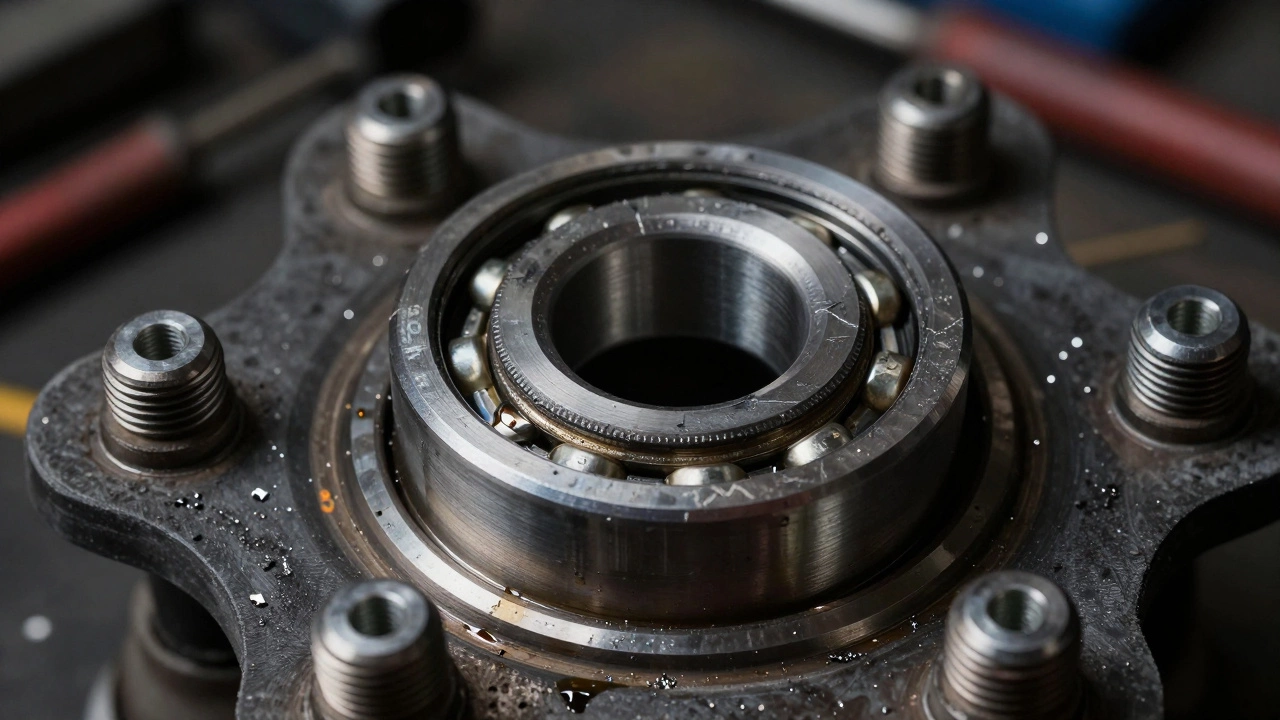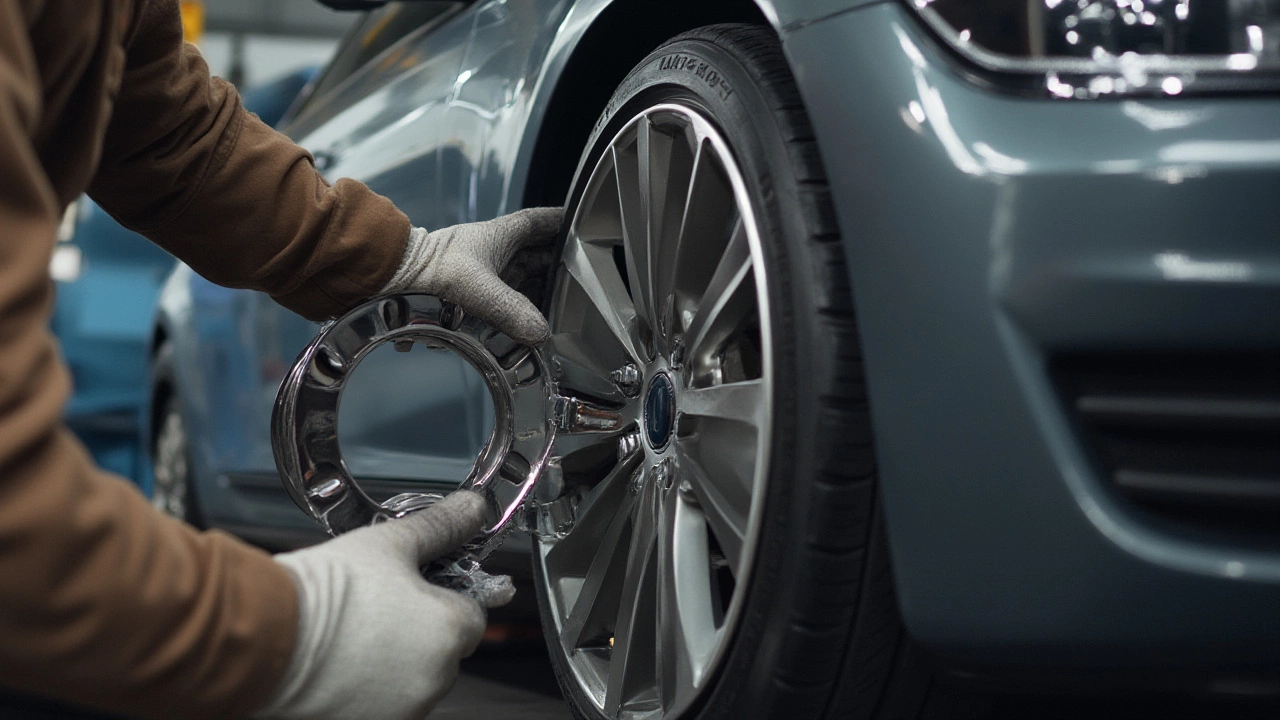Wheel Spacer Safety: What You Must Know Before You Fit
Thinking about adding wheel spacers to widen your stance? They can make your car look aggressive, but they also bring real safety questions. In this guide we break down the biggest risks, how spacers change handling, and the steps to install them without endangering yourself or your vehicle.
Common Safety Concerns with Wheel Spacers
First off, spacers push the wheel farther out from the hub. That extra distance means the wheel bearings and suspension components work harder. If the spacer is too thick or made from weak material, the hub can bend, leading to wobble or even a loss of control at speed.
Another issue is the bolt pattern. Using the wrong studs can strip threads or cause uneven torque, which shows up as vibration or uneven tire wear. Many owners forget to check that the spacer’s bolt circle exactly matches the car’s hub – a mismatch can turn a simple upgrade into a costly repair.
Fitment also matters for the brakes. When you move the wheel outward, the caliper may sit farther from the disc, reducing its effectiveness. Some people notice longer stopping distances after fitting spacers, especially if they’re running larger wheels that already stress the brake system.
How to Install Wheel Spacers Safely
Start with high‑quality, CNC‑machined spacers that are rated for your vehicle’s load. Cheap, thin alloy spacers might save money now but can crack under stress, causing a sudden wheel loss.
Measure the offset and ensure the new wheel + spacer combination stays within the wheel well. A good rule of thumb is to keep the outer edge of the tire at least 1 cm inside the wheel arch to avoid rubbing.
Use a torque wrench and follow the manufacturer’s specs for bolt torque. Tighten the lug nuts in a star pattern and re‑torque after the first 50 km of driving. This settles the bolts and catches any early loosening.
Don’t forget to check the wheel bearings after installation. Spin each wheel by hand; any roughness or noise means the bearing isn’t handling the new load and needs attention.
Finally, have a professional alignment done. Changing the wheel’s position affects camber, caster and toe, which all influence handling. A proper alignment keeps your car stable and prevents premature tyre wear.
Bottom line: wheel spacers can give your ride a wider look, but only if you treat them like any other critical car part. Pick the right product, install it correctly, and verify the setup with a torque check and alignment. With those steps, you’ll enjoy the visual boost without compromising safety.
Wheel spacers may improve looks but come with serious risks: worn bearings, broken studs, alignment issues, legal problems, and voided warranties. Learn why they’re rarely worth the trade-off.
Curious if wheel spacers are safe? Get the facts on risks, installation tips, and how spacers affect your car’s safety and handling. No-nonsense answers from real experience.
Wondering if 2 inch wheel spacers are safe for your car or truck? This article breaks down how these spacers affect handling, the real risks to watch out for, and what makes some setups much safer than others. I'll share some real-world tips and maintenance habits to keep things trouble-free if you’re thinking about giving your ride a wider stance. If you’re all about DIY modifications or just curious about the facts over the myths, you’ll want to check this out.



